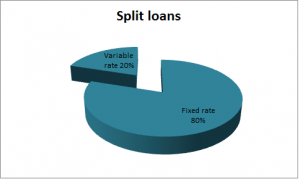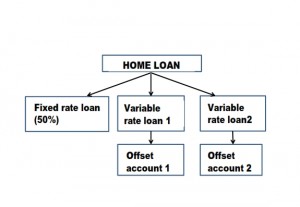Did you know that banks offer special discounts and benefits to doctors for home loans? Yes, they have had special treatment from the banks for a while now.
But with our special relationship with lenders, the following professions are now eligible for special benefits too:
- Accountants
- Lawyers and solicitors
- Certain kinds of engineers
- Auditors
- Actuaries
Of course, you need to satisfy certain criteria to qualify for these benefits.
What are the benefits?
Generally, you pay lenders mortgage insurance or LMI when you borrow above 80%. But if you belong to any one of the professions above, you may be eligible to borrow up to 90% without having to pay LMI. This is because banks consider these professionals to be of lower risk.
Lenders also offer better interest rate discounts to these professionals – savings that is better off in your pocket.
Just to give you an idea, if you were purchasing a $500,000 property, you could save around $10,800 in LMI. Just think about all the things you could do with the savings..
If you would like to know more, please call us on (03) 9005 3983 so we can help you save $$$.






